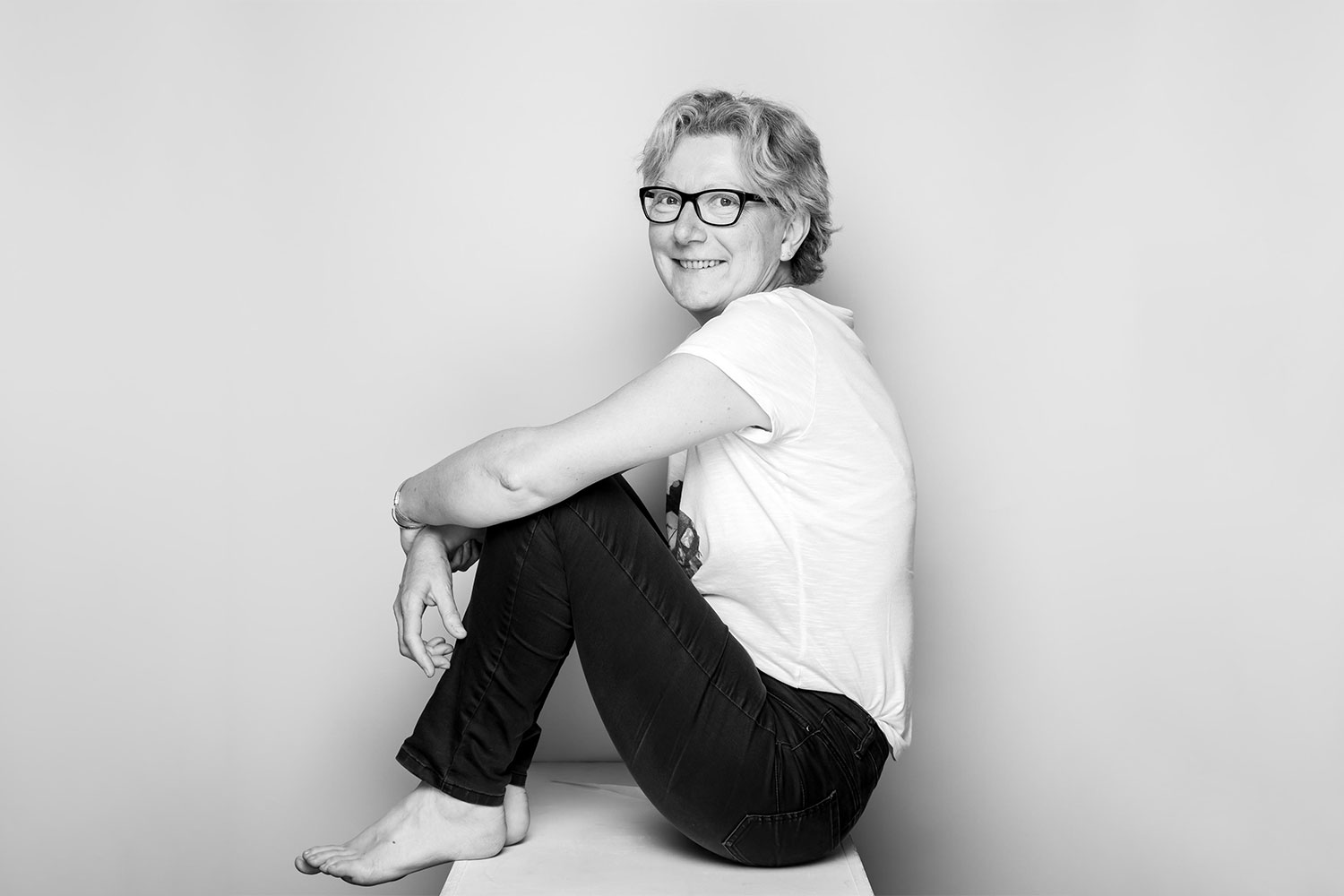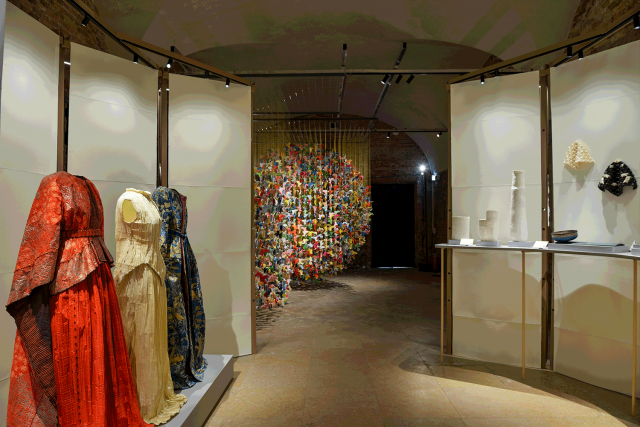 © Julien Cresp
© Julien Cresp
Marie-Anne Thieffry
Paper sculptorIn 2005, Marie-Anne Thieffry came across the cardboard furniture designs of architect Frank Gehry. She was inspired to begin working with what might be considered an unusual artistic medium. “I hadn’t considered cardboard a material that could be shaped,” she says. She has a background in art and design, although she essentially trained herself to work with cardboard. Once she got going, she never looked back. Her lamps and furniture designs, and especially her sculptures, emphasise the softer side of cardboard. “Working with this material involves a few paradoxes: the startling interplay of light and shadow, the fragility of a material that is often used as protection.”
TechniqueStoryAutodidact Marie-Anne Thieffry made and remade objects in order to teach herself and perfect her method. She first started by making traditional cardboard furniture, but quickly realised that she was not so much interested in using cardboard to make forms, but rather to use forms to accentuate the actual structure of cardboard, leaving its traits and surface structure apparent. To Marie-Anne, the wave like structure of the cardboard’s border is the essence of this material and is what her works accentuate. She does not use many tools, usually a cutter knife, her hands and glue. Marie-Anne does not like to work cardboard in flat forms, but rather aims to give it volume. She shapes her cardboard figures in plaster moulds, placing the cardboard within them and then securing them with straps.
Objects Magnae Chartae Exhibition
Contact
Magnae Chartae Exhibition
Contact
19 Rue de la Côte Verte, Les Faulx, 27400 , Heudreville-sur-Eure, France
+33 686455000
ma.thieffry@wanadoo.fr
www.marieannethieffry.com Discover on Homo Faber Guide









